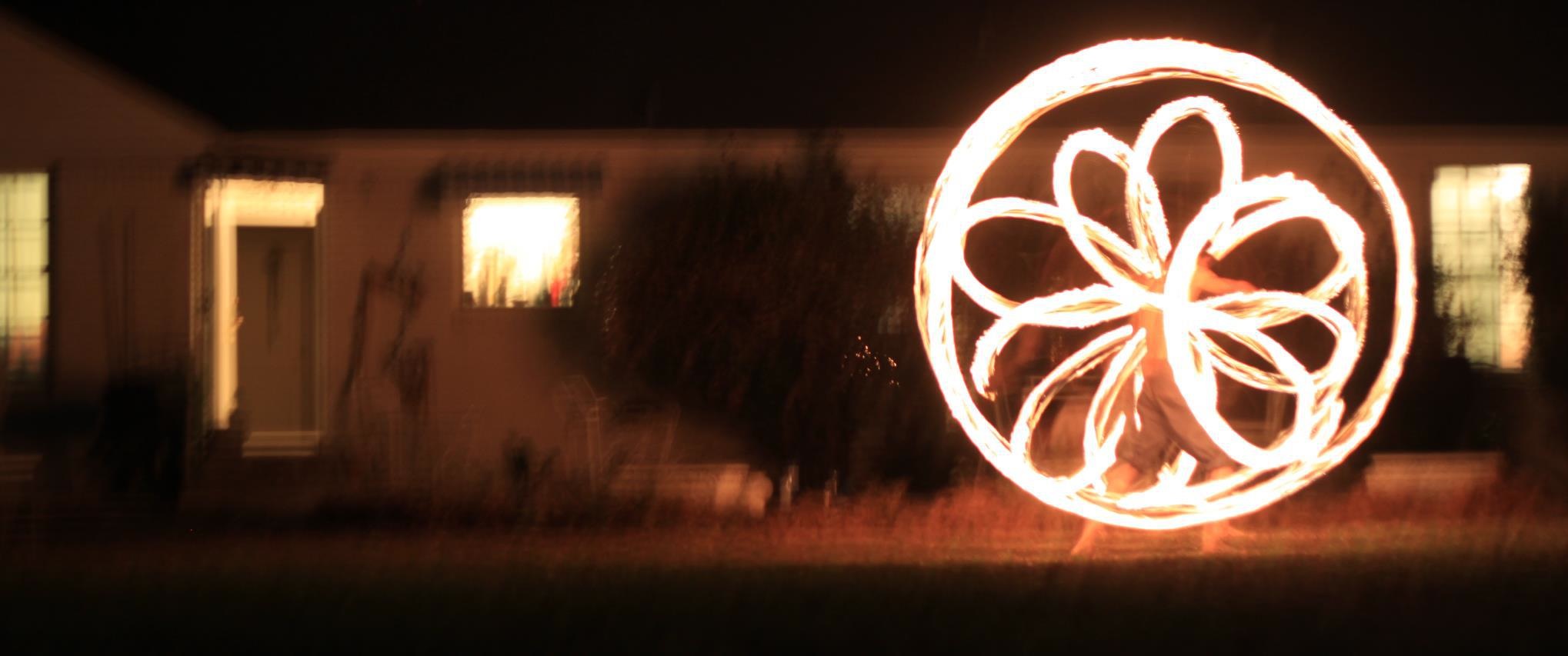I’ve been reading a lot lately, and my views on land restoration are shifting.
Building soil happens in a variety of ways, but sometimes it entails: taking resources from other places, slowing down resources, and unlocking the fertility of the land.
Taking Resources
This is the most used method to regenerate a landscape. It’s most often the easiest. Buying compost, collecting kitchen scraps, and gathering your neighborhood yard waste, are all but a few examples of taking resources from other areas to make good soil. Importation of these resources are an easy way to get your garden growing, but it is also degenerating the landscape where it came from. Those resources are best used in the area that it came from. At the same time, if they’re not being utilized, then best to use it somewhere else. Another downside is the transportation of moving those resources to another location.
As a side note, selling produce to people is another form of transporting resources from the land; although it’s probably a small portion of the fertility.
Slowing Down Resources
It doesn’t matter where you are gardening, Nature has ways to move the fertility of the land by rain, wind, and even sunlight. Rain displaces fertility by sinking it further into the soil horizon, or washing it away (erosion). Wind can blow away organic material and soil during storms. Sunlight is Nature’s sterilizer, it can bake away soil if it is exposed and causes rocks to shatter and break from expanding and contracting from temperature fluctuations. Soil that is baked long enough will began to fissure and crack as well from exposure from the sun.
To slow down the loss of organic and soil material requires mulch and plants. Mulch will slow down the wind, rain and sun from harming the soil beneath it. Heavy loads of straw or wood mulch has been best in my experience. Plants will shade the soil, lock in nutrients and slow down water with their root systems. The roots will also enrich the soil by creating habitats for the soil microbes.
Unlocking the Fertility of Nature
All land is capable of growing the plants that it needs to create a richer environment on site. Those plants may not be the ones that you desire to eat though. A combination of techniques using plants and animals can be used to further enrich the environment without transporting resources there.
Nitrogen fixation is one of the best ways to enrich the soil. The Pea family is notorious for having a symbiotic relationship with bacteria that take atmospheric nitrogen (N2) and convert it to ammonium, NH3. Nitrogen is essential for proper DNA replication, protein synthesis, and chlorophyll (the dark green color in leaves and the organelle that utilizes photosynthesis).
Ruminants enrich the soil by taking it’s growth and enriching it with nitrogen rich manure, and the microbes that dwell in their stomachs. One of the fastest ways to regenerate the land is with animals. By moving grazing animals daily, the nutrient and water cycle is enriched. In time, this results in ecological resilience.
Suburban Gardening
I imagine it’s going to take all three methods until we can shift to Unlocking the Fertility of the land. My desire to move away from using fossil fuels to transport and grow the fertility onsite. This way, more energy can be used to grow gardens in other areas around the metroplex, train people to nurture them, and continue the expansion.
